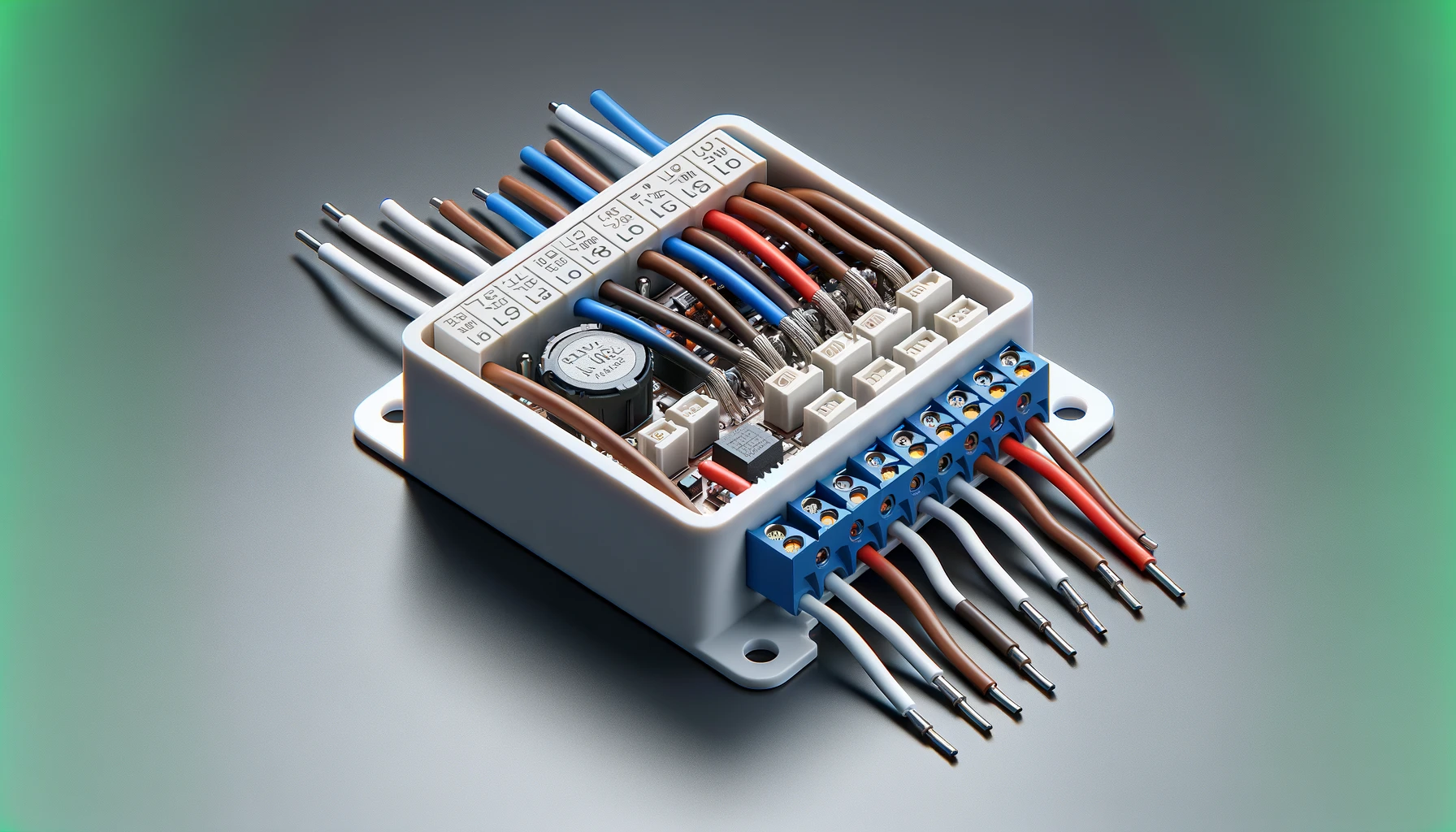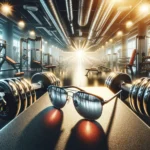PICK A LIGHT
Chapter Six:
Specifying Critical Product Criteria
- Owner of Knockout Lighting Design Inc.
Acquiring Precision in Component Selection...
Through the selection of fixtures and components, the conceptual vision begins to take tangible form. Each choice has a direct impact on both the aesthetics and functionality of the lighting system, so precision and foresight are imperative.
Criteria specification is an involved, yet rewarding process that brings the lighting design closer to reality. An effective project requires attention to detail in specifying dimensions, ensuring component compatibility, focusing on performance, and potentially incorporating custom fixtures.
Continually review and revise the specifications to meet evolving project requirements. As new information becomes available, adjustments can be made, ensuring that the final lighting design remains aligned with the project’s goals and constraints. By staying on top of technological advancements and new product releases, a project can improve its design or achieve efficiencies as time progresses.
Dimensions
The dimensions of lighting fixtures are fundamental to the specification process, dictating how they will integrate with the architectural elements and influence spatial perception. The size, shape, and mounting requirements of fixtures must be carefully considered to ensure they complement the design intent without interfering with the use of space or creating unintended shadows or glare.
Design Tip: Create a virtual space by using architectural drawings and 3D modeling software. Using this method, the scale and proportion of fixtures can be assessed, ensuring they contribute positively to the aesthetics and lighting goals of the project.
Matching of Components
For a successful installation and optimal operation, all components of the lighting system must be compatible. A technical match must be made between fixtures and drivers, as well as ensuring that control systems are fully compatible with the lighting hardware. It is essential to select the right components for a reliable, efficient, and easy-to-use system.
Design Tip: Create a comprehensive list of all components and their technical specifications. Use this list to consult with manufacturers or distributors to confirm compatibility. This step is crucial for avoiding costly errors or delays during the installation phase.

Lighting Performance
Several key metrics are used to evaluate the performance of lighting fixtures, including light output, energy efficiency, and color rendering index. Visual comfort, energy consumption, and ambiance are directly affected by these factors. In order to achieve the desired lighting effects and operational efficiency, it is essential to choose fixtures that meet the specific performance criteria of the project.
Importance of Photometric Data
Photometric data provides detailed insight into a fixture’s performance, including light output, distribution pattern, and efficiency. To meet the project’s lighting standards, accurate information on fixture placement, aiming, and the number of fixtures is essential. Also, it allows early detection of potential issues such as glare, shadowing, and uneven light distribution.
Model light fixture performance based on photometric data from the early stages of design. Using tools such as photometric software, lighting designs can be simulated in 3D environments, allowing adjustments before installation.
Perform Preliminary Calculations and Estimates
A lighting design workflow is incomplete without preliminary calculations and estimates. It converts conceptual ideas into actionable plans. There are several critical analyses included in this detailed phase, including lighting calculations.
Obtaining uniform and adequate illumination across different spaces requires accurate lighting calculations to determine the number and arrangement of lighting fixtures. These calculations take into account the spatial dimensions, reflectance of surfaces, and the specific activities the space is designed to support, ensuring that lighting levels are optimal.
Addressing Visual Comfort and Uniformity
Visual comfort is paramount in lighting design, with photometric analysis playing a key role in minimizing issues like glare and contrast. Uniformity ratios, derived from photometric data, help ensure that lighting across a space is evenly distributed, avoiding areas of excessive brightness or darkness that can cause eye strain or discomfort.
Use photometric simulations to assess and adjust the uniformity of lighting across different areas. Aim for a balance that ensures spaces are well-lit and comfortable, with special attention to task areas where visual acuity is critical.
Custom Fixtures
Custom fixtures become a consideration when standard products cannot meet the specific design or performance requirements of a project. While custom solutions offer design flexibility and uniqueness, they require careful planning and collaboration with manufacturers to ensure that the final product performs as intended and integrates into the overall design.
In the case of custom-designed LED lights, lighting designers face a multitude of challenges that require careful consideration in order to ensure the successful integration of these fixtures.
LEDs have a complex heat management system, requiring a design that promotes efficient heat dissipation to prevent performance degradation. The customization process itself can be intricate and costly, demanding precise specifications for dimensions, light output, and color quality, which can significantly increase both the budget and lead times. Additionally, integrating these custom solutions into existing architectural designs requires meticulous planning to address mounting, electrical compatibility, and coordination with other building systems.
Another challenge is maintaining light quality and consistency across installations due to variations in manufacturing processes. Durability concerns, particularly in harsh environments, may necessitate special paint treatments, and ease of maintenance must be considered to ensure longevity.
Lastly, navigating the regulatory landscape to meet all necessary standards and compliance requirements adds another layer of complexity. Successfully overcoming these challenges demands a collaborative effort among designers, manufacturers, and clients, underscored by thorough understanding, effective communication, and rigorous testing.
IK Rating Calculator
Disclaimer: This calculator provides estimates only and is not a substitute for professional advice. Consult a qualified professional for detailed lighting planning and compliance with standards.




